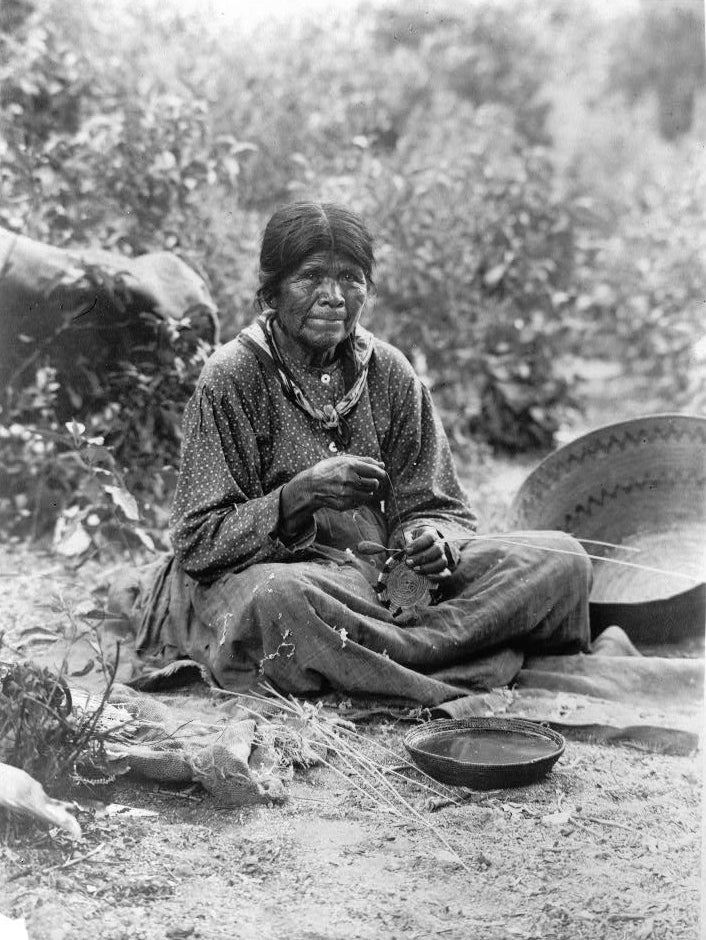Stories Behind the National Parks - Part #1
Though we see the National Parks in the present day as stunning natural lands where we can appreciate the vast biodiversity of the United States, the parks also offer rich history lessons. A trip to a National Park affords one the opportunity to learn about America's geological, anthropological, cultural, and biological history.
To honor the National Parks and what they were before they were National Parks, we decided to launch a mini-series on the history behind some of this country's most cherished public lands.
We begin by exploring Zion National Park, or, as it used to be called, Mukuntuweap National Monument!
Utah's First National Park
Zion National Park is located in southwest Utah. The park is distinguished by Zion Canyon, a steep canyon decorated by stunning red cliff walls, the Virgin River below, Emerald Pool, the White Throne, Court of the Patriarchs, Angel's Landing, the Watchman, Kolob Arch, and the Zion Narrows. One of the most popular parks on the roster, Zion receives about 4 million visitors each year, a huge number of people considering that the park is relatively small compared to other National Parks.

But Zion was not always so heavily populated, it was not always a National Park, and it wasn't always called Zion! In fact, the park began its tenure as a cherished public land under the name Mukuntuweap National Monument.
It's in the Name
The anthropological history of Zion Canyon goes back thousands of years, with different Indigenous tribes living in the canyon throughout the centuries. For example, the Anasazi people inhabited Zion from approximately 1,500 to 800 years ago, leaving behind abandoned cliff houses and incredible rock art throughout the park. When white settlers first arrived in the region, Zion Canyon was occupied by Paiute Indians, who came after the Anasazi.

The first white settler in Zion was a pioneer by the name of Isaac Behunin. He built a log cabin in 1861 and named the canyon "Zion Canyon" remarking, "A man can worship God among these great cathedrals as well as in any man-made church – this is Zion."
John Wesley Powell, a decorated Civil War veteran and the leader of several expeditions down the Colorado River, came to Zion Canyon in 1872. He was the director of the U.S. Geological Survey at the time, and he surveyed the canyon. He recorded the canyon in the United States geological records as Mukuntuweap Canyon, honoring the Paiute Indians who had recently lived there. "Mukuntuweap" is believed to be a Paiute word that means "straight canyon." Other translations have said the word means, "The place where the Great Spirit dwells."

In 1909, President William Howard Taft heard about Mukuntuweap Canyon from both John Wesley Powell and from an artist named Frederick S. Dellenbaugh who painted the canyon. President Taft signed a proclamation creating Mukuntuweap National Monument, to protect the canyon and the surrounding lands.
Local residents were not pleased with President Taft for renaming the canyon from the original name given to the canyon by Isaac Behunin. Ten years later, the assistant director of the National Park Service, Horace Albright, took advantage of current National Park Director Stephen Mather's medical emergency to step in and rename the park to Zion National Monument. A year later, in 1919, President Woodrow Wilson officially designated the park as Zion National Park, the name it has held ever since.
Since 1919
Since 1919, Zion National Park has become one of America's most cherished National Parks. In 1956, the park boundaries were expanded yet again, this time to include nearby Kolob Canyon (which had previously been its own National Monument).
The National Park Service keeps detailed records of park visitation, Zion included. The published records (those that are readily available online), go as far back as 1979. In that year, the park received just over one million visitors. Since then, visitation has increased by hundreds of thousands of visitors every decade, with 2019 breaking all records at almost 4.5 million visitors.

The surge in visitation has caused park rangers and managers to create new hiking trails, campgrounds, public facilities, visitor centers, and even a shuttle bus network to keep car traffic within the park to a minimum. Needless to say, there are aspects of Zion National Park that look quite different today than they did in previous decades and centuries.
But the stunning natural beauty of Zion is as profound as ever, the kind of beauty that made Frederick S Dellenbaugh say, "Without a shred of disguise its transcendent form rises pre-eminent. There is almost nothing to compare to it."
Zion Today
We only just touched on the history of Zion National Park, but we hope the stories and nostalgia of the park's past have helped invigorate your interest and love for America's beautiful National Parks.

At the time of this writing, Anderson Design Group poster artists have created 16 unique and original designs, vintage poster art of Zion National Park hand-rendered in a style and fashion of the WPA-commissioned poster art of the early-20th century. Check out these National Park posters if you're a fan of Zion, and remember that we donate a percentage of our profits each year to the National Park Foundation. Every time you purchase a piece of ADG art of the National Parks, you're helping ensure these beautiful public lands are protected and preserved for generations to come.

Tune in next week for the second segment on National Park history!
-Ren Brabenec
Anderson Design Group Writing Staff
← Older Post Newer Post →

